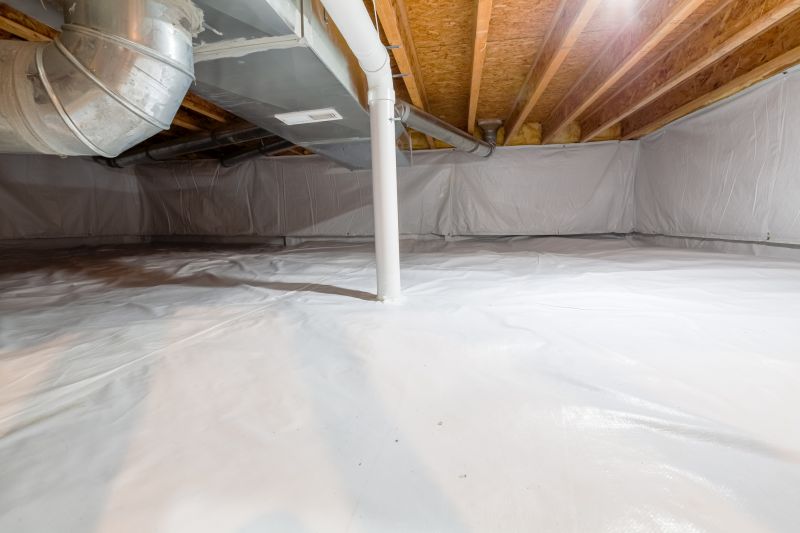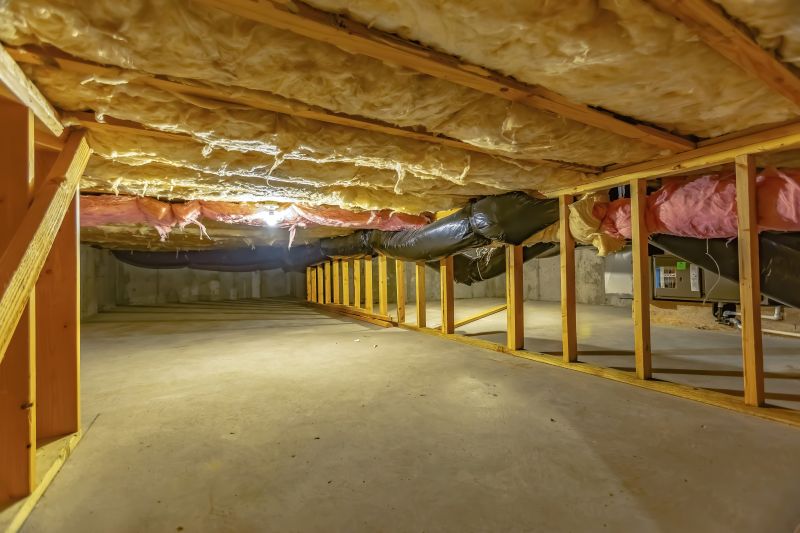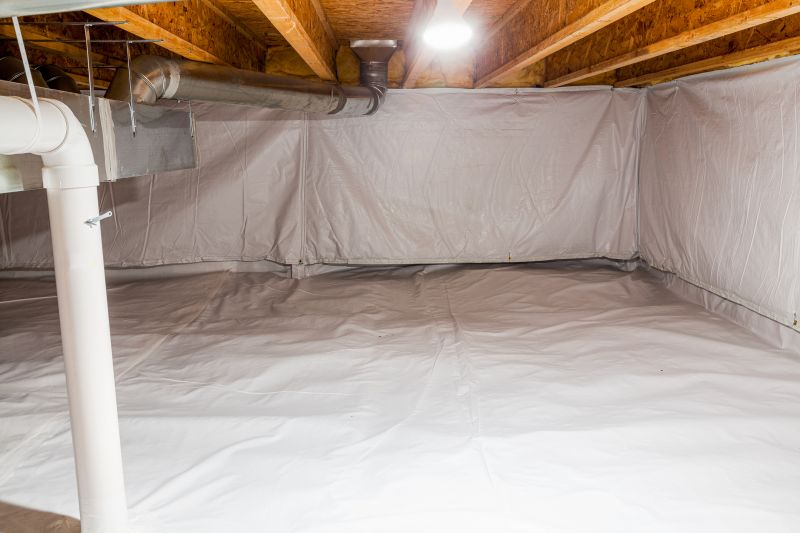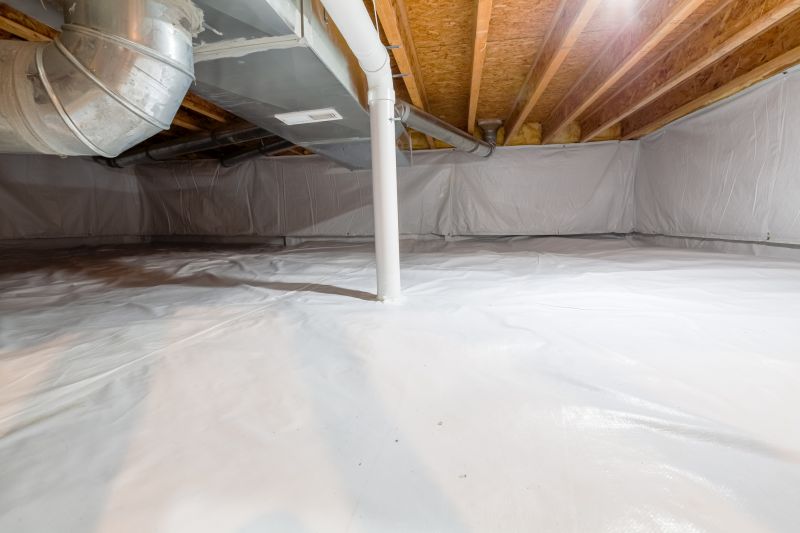Sealing Services to Improve Crawlspace Durability and Safety
Crawlspace encapsulation is a comprehensive process that involves sealing and insulating the crawlspace to prevent moisture intrusion, improve air quality, and enhance energy efficiency. Proper encapsulation can significantly reduce the risk of mold growth, wood rot, and pest infestations, creating a healthier and more stable environment within the home.
Encapsulation effectively prevents moisture buildup, which can lead to mold growth and structural damage. Studies show that encapsulated crawlspaces reduce humidity levels by up to 50%, safeguarding the home's foundation.
Sealing the crawlspace minimizes air leaks, leading to lower heating and cooling costs. Homes with encapsulated crawlspaces often see energy savings of 10-15% annually.
Reducing mold and dust mites in the crawlspace improves indoor air quality, which can benefit respiratory health and reduce allergy symptoms for occupants.

A fully sealed and insulated crawlspace with vapor barriers and proper ventilation.

Interior view showing encapsulation materials and insulation installed to prevent moisture intrusion.

Close-up of sealed vents and insulated walls to maintain a controlled environment.

Completed encapsulation with durable vapor barrier covering the entire crawlspace floor.
Failing to encapsulate a crawlspace can lead to serious issues, including increased mold growth, structural deterioration, higher energy bills, and reduced indoor air quality. Unprotected crawlspaces often harbor moisture, pests, and mold spores that can migrate into living areas, impacting health and comfort.
| Issue | Potential Consequences |
|---|---|
| Moisture intrusion | Mold growth, wood rot, and structural damage |
| Poor insulation | Higher energy costs and inconsistent indoor temperatures |
| Pest infestations | Damage to insulation and potential health risks |
| Air quality problems | Respiratory issues and allergy symptoms |
| Structural deterioration | Reduced home stability and safety |
| Increased utility bills | Higher costs due to energy loss |
| Health concerns | Increased allergens and mold spores in the home |

